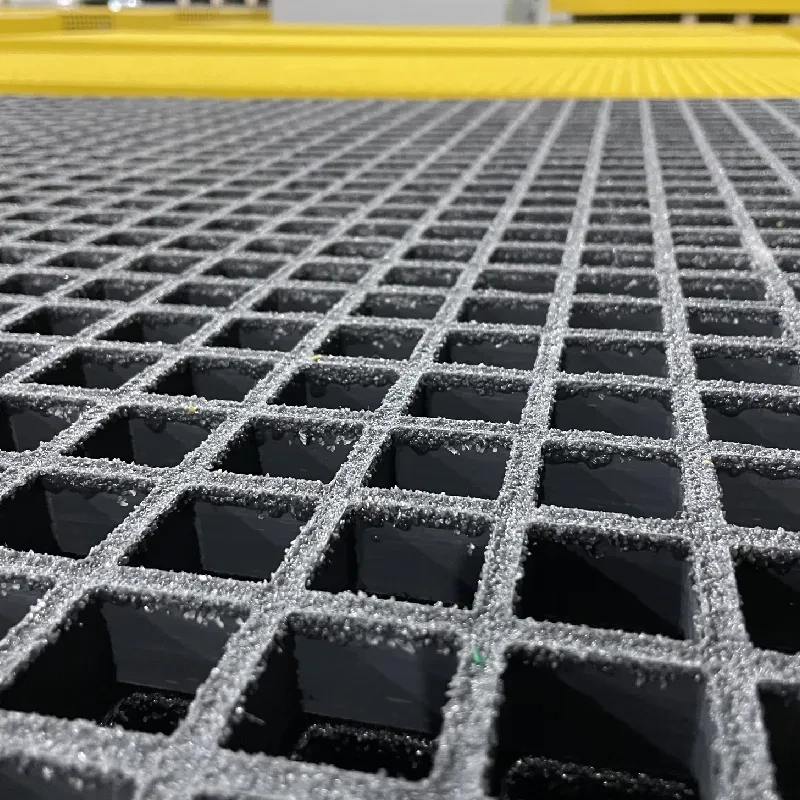loading...
- No. 9, Xingyuan South Street, Dongwaihuan Road, Zaoqiang County, Hengshui, Hebei, China
- admin@zjcomposites.com
- +86 15097380338
- Welcome to visit our website!
Current Market Prices for GFRP Bars and Their Applications in Construction
The Rising Trend of GFRP Bars Pricing and Applications
Glass Fiber Reinforced Polymer (GFRP) bars have emerged as a revolutionary solution in construction and engineering, offering an array of advantages over traditional steel reinforcement bars. As the demand for sustainable and durable building materials increases, understanding the pricing of GFRP bars becomes imperative for engineers, architects, and contractors.
The Rising Trend of GFRP Bars Pricing and Applications
When it comes to pricing, GFRP bars are generally more expensive than steel bars. The cost of GFRP bars can vary based on factors such as the manufacturing process, quality of materials, and the scale of production. On average, GFRP bars can cost anywhere from $3 to $6 per pound, whereas steel bars typically range from $0.50 to $1.50 per pound. This significant price difference raises questions about the economic feasibility of utilizing GFRP bars in projects, especially when budget constraints are a major consideration.
gfrp bars price

However, the initial higher cost of GFRP can be offset by its long-term benefits. The durability and resistance of GFRP to corrosion significantly reduce maintenance costs over the lifespan of a structure. In environments susceptible to saline or chemical exposure, GFRP bars can provide a more cost-effective solution over time, as they require less maintenance and replacement compared to steel. Additionally, the lightweight nature of GFRP can lead to reduced transportation and installation costs, further improving the overall economic viability of utilizing these materials.
In recent years, advancements in manufacturing techniques have led to a decrease in production costs for GFRP bars, making them more accessible to the market. As the construction industry continues to shift towards more sustainable practices, the adoption of GFRP bars is expected to rise.
In conclusion, while the price of GFRP bars may be higher than that of traditional steel, their long-term benefits, combined with advancements in technology and increasing demand for sustainable materials, render them a worthwhile investment in construction and infrastructure projects. As the market for GFRP continues to grow, understanding its pricing dynamics will be crucial for industry professionals in making informed decisions.
-
The Rise of FRP Profiles: Strong, Lightweight, and Built to LastNewsJul.14,2025
-
SMC Panel Tanks: A Modern Water Storage Solution for All EnvironmentsNewsJul.14,2025
-
GRP Grating: A Modern Solution for Safe and Durable Access SystemsNewsJul.14,2025
-
Galvanized Steel Water Tanks: Durable, Reliable, and Ready for UseNewsJul.14,2025
-
FRP Mini Mesh Grating: The Safer, Smarter Flooring SolutionNewsJul.14,2025
-
Exploring FRP Vessels: Durable Solutions for Modern Fluid HandlingNewsJul.14,2025
-
GRP Structures: The Future of Lightweight, High-Performance EngineeringNewsJun.20,2025
